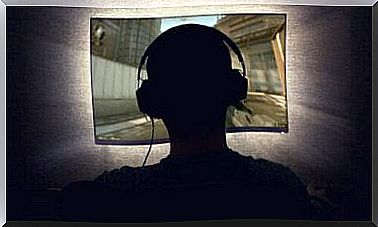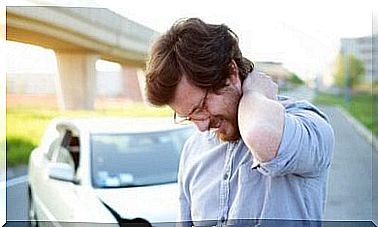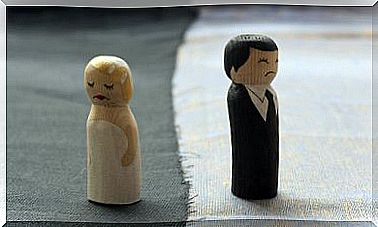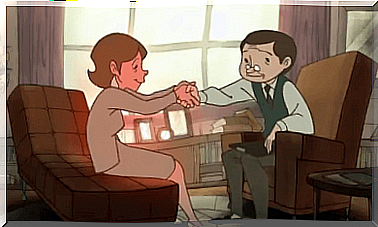Have You Heard Of The Broken Window Theory?
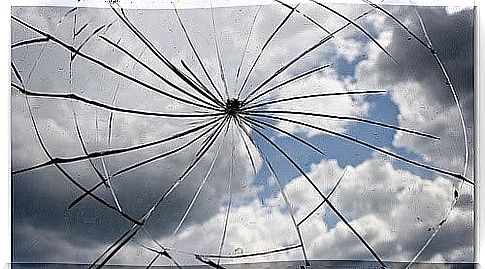
Imagine walking down the street and eating an orange and when you’re done you have a ton of peel in your hand that you want to throw away. You realize that the nearest trash can is far away, and your eyes are looking at the floor. If you see trash there, chances are you’ll toss the bowls on the floor, but if there isn’t, you’ll likely think twice about it before just throwing your trash. The broken window theory is based on a similar principle.
According to the broken window theory, also known in the English-speaking world as broken glass theory, the fact that designing the environment appropriately can lead people to believe that laws do not exist. And in a situation where there are no norms, vandalism is more likely to occur.
The Broken Window Experiment
Professor Phillip Zimbardo, known for the Stanford Prison Experiment that led to books and films on the subject, conducted other, but lesser-known, experiments. In one of these experiments, two abandoned cars were left outside: one in a poor and less safe neighborhood, and the other in a rich and quiet area.
The result was to be suspected: within a few hours the car that had been parked in the poor area showed considerable damage, while the one in the rich area remained intact. After a week, the car in the poor area was completely destroyed, while the car in the rich neighborhood was still scratch-free. From these results it is easy to see that poverty and marginalization were “partly responsible” for the crime.
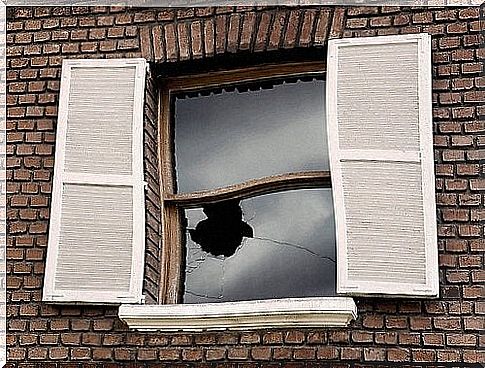
However, the study was not yet fully completed. The researchers decided to do something about the situation and broke one of the windows on the car, which was otherwise in perfect condition. What do you think happened? Robbery, violence and vandalism reduced the vehicle in the rich area to the same condition as in the poor neighborhood.
In the end, the researchers concluded that the cause of the vandalism was not poverty, but that a broken window on an abandoned car sent a message of decay, apathy and lack of concern. This in turn creates the feeling that laws, norms and rules are missing. The broken pane made it look like anything is possible. In this situation, every attack the car had suffered repeated and propagated this idea until the vandalism became uncontrollable.
Broken window panes in the city
In the 1980s, the New York subway was the most dangerous area in the city. Using the broken window theory as a reference, however, they began to repair the damage in the underground stations. They were cleaned, the graffiti painted over, and anti-theft measures taken and made sure everyone paid for their tickets. As a result, the subway became a safe place.
Based on these results, a zero tolerance policy was introduced in New York. There were severe penalties for breaking any kind of laws and norms of life, and cleanliness and order were particularly encouraged in the most difficult communities. The result was another sharp drop in the crime rate in New York City.

Evidence of broken windows
The confusion caused by unclear norms means that windows will continue to be broken and the same situation will arise as in the auto-experiment. This can happen in organizations and institutions that are managed too loosely, too flexibly.
If a broken window is left in a building that no one can fix, other windows will soon suffer the same fate. When a community shows signs of deterioration and no one cares, it could lead to more crime in the community.
Small problems can lead to major overruns, which in turn lead to chaos. But this does not only happen with material things. Another clear example is that of corruption. If small exceedances are allowed, more and more people will always go one step further. The definition of clear norms and exceptions can be a solution to create a harmonious cooperation.
